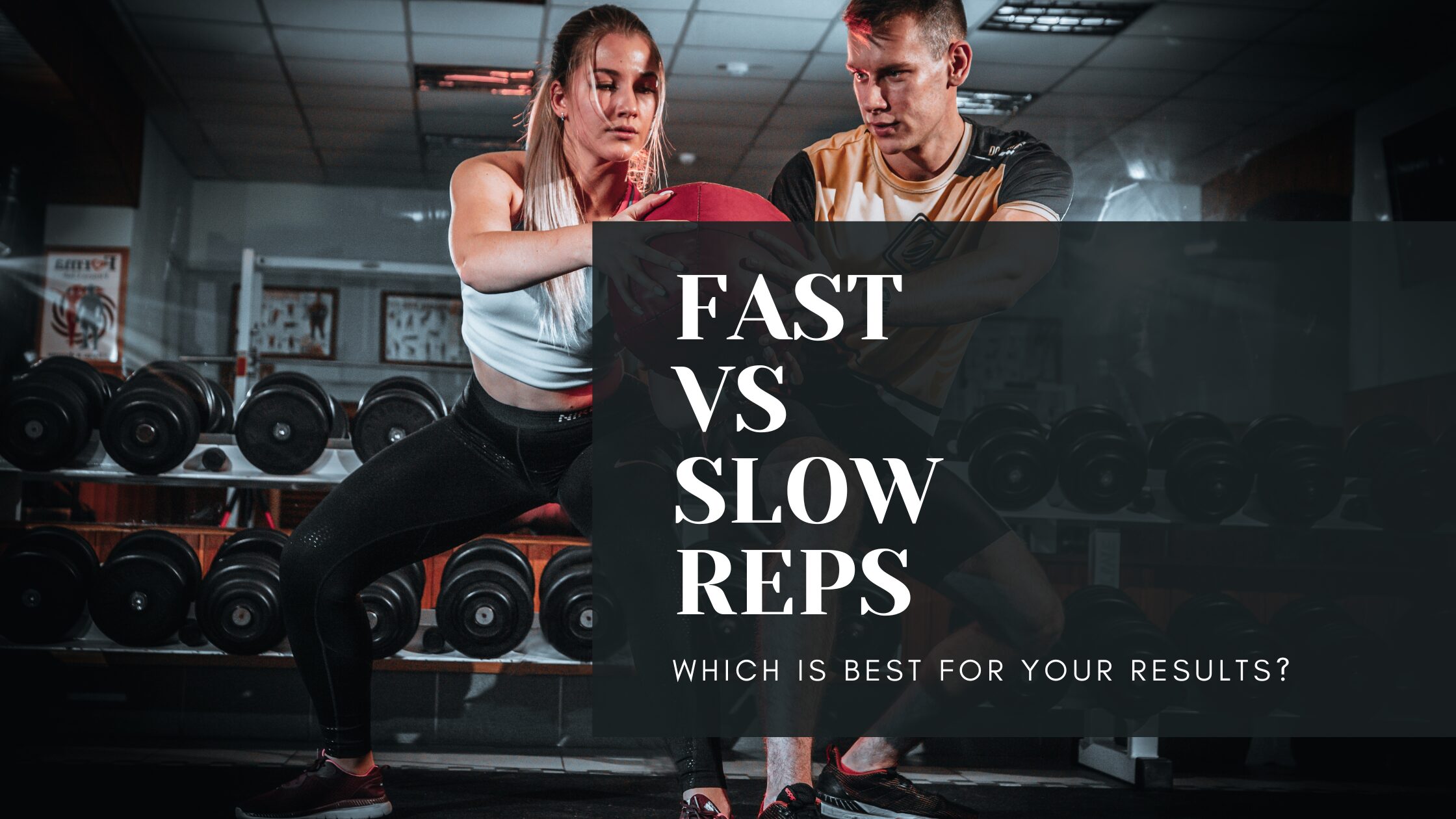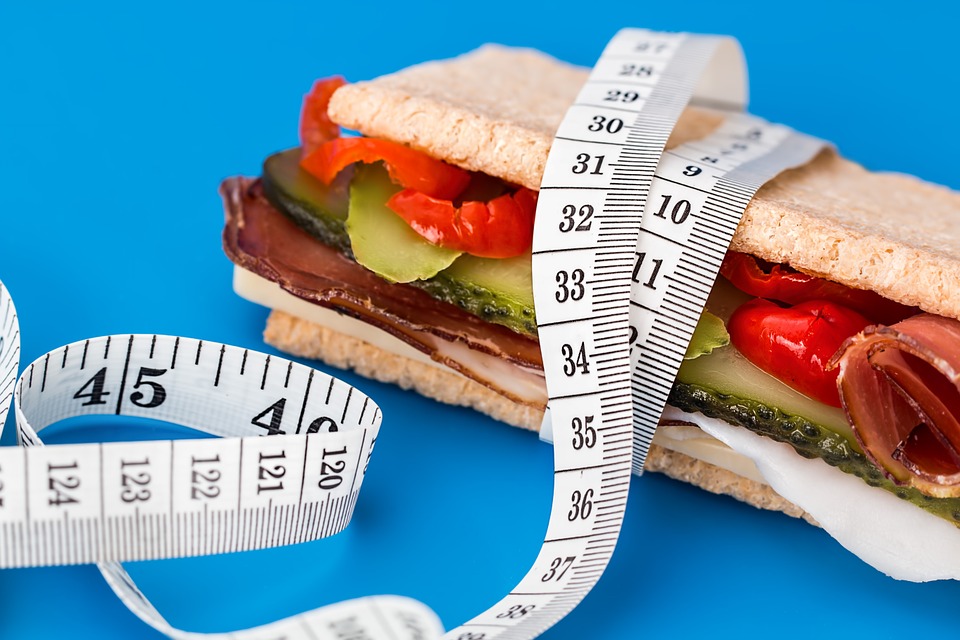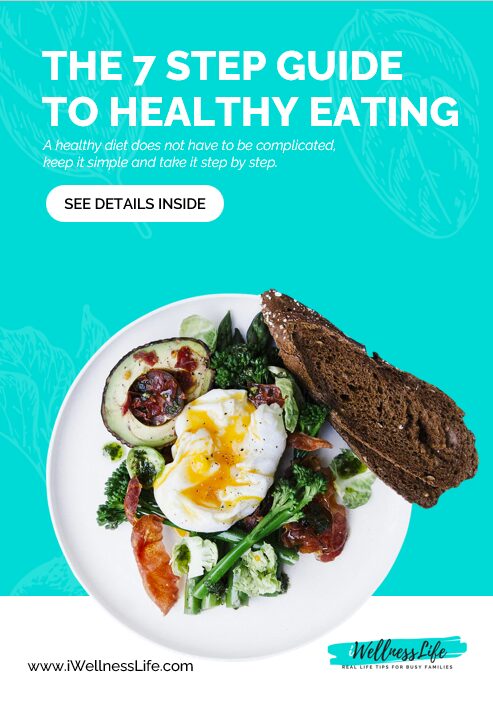When it comes to lifting weights, you might see some gym-goers cranking out reps as quickly as possible, while others seem to be moving in slow motion. So, as a busy parent looking to improve your health and fitness, what’s the best way to work out—fast or slow? Let’s look at the benefits of each approach and how to decide which one is right for your specific fitness goals.
Are Fast or Slow Reps Better for You?
If you’ve explored fitness advice online, you’ve probably noticed mixed opinions about whether fast or slow reps yield better results. But honestly, it’s not as simple as one being superior to the other. The right approach depends on your fitness goals and workout experience.
Here’s the bottom line: before choosing your pace, it’s essential to ask, “What do I want to achieve?” Once you’re clear on your goal, you’ll have a better idea of whether to move quickly or take it slow.
Determining Your Workout Goals
Before we jump into the specifics, it’s important to understand that there’s no one-size-fits-all answer. Your pace will depend on what you’re trying to achieve, whether it’s strength, endurance, muscle growth, or general fitness. Here’s a breakdown to help you decide.
1. Skill Development
When learning new movements, going slow can be helpful. Slow reps allow you to develop proper form and control, which is crucial for skill-building. However, once you’re comfortable, it’s also beneficial to practice at a moderate or even fast pace to build muscle memory. For instance, mastering a slow, controlled squat will help you when transitioning to faster movements or heavier weights.
2. Building Speed and Power
Speed and power are all about force and quick movements. If your goal is to boost your power—like jumping higher or sprinting faster—then faster reps can be effective. Moving quickly with good form encourages muscle fibers to adapt to rapid contractions, which builds speed and explosiveness. Remember, safety first! Good form is essential to prevent injury when working at high speed.
3. Increasing Strength
Strength training usually benefits from a combination of slow and fast reps. For example, performing slow, controlled reps (especially on the “down” part of a movement, like the lowering part of a squat) can increase time under tension, challenging your muscles and helping build strength. Fast reps, on the other hand, can improve power output and accelerate force development, which is also important for strength gains.
4. Building Muscle (Hypertrophy)
If your main goal is muscle growth, a slower, controlled pace generally works best. Slow reps increase time under tension, which helps trigger muscle-building processes. You can occasionally mix in some faster reps, but focusing on steady, moderate-paced reps for most of your sets is generally the way to go when targeting hypertrophy.
5. Fat Loss
For fat loss, there’s no hard and fast rule for rep speed—it’s more about overall calorie burn and consistency. A mix of both fast and slow reps can be effective. Fast reps may raise your heart rate, boosting calorie burn, while slow reps can improve muscle engagement, leading to a higher calorie expenditure post-workout. Combining both can help create a balanced routine for fat loss.
6. Endurance
Endurance training often calls for sustained efforts, and both fast and slow reps can play a role. For example, wall sits or long hold planks help build muscular endurance, while high-rep, unweighted exercises like bodyweight squats can enhance stamina. If your goal is to increase endurance, experiment with both tempos to see which suits your needs.
7. Overall Health and Fitness
For general health, a mix of rep speeds is ideal. Fitness for busy parents means prioritizing endurance, muscle strength, skill, and a balanced approach that can support all-around wellness. Mixing up your rep speeds in different workouts will help keep things fresh while also ensuring that you’re reaping a variety of benefits.
Final Thoughts
The key to an effective workout isn’t just in how fast or slow you move but in aligning your movements with your goals. Start by deciding on your primary fitness objective, and choose a pace that supports it. And don’t be afraid to adjust along the way! If you’re not seeing the progress you want, change your tempo, try different exercises, and keep your routine interesting.
With these tips, you can create a balanced workout program that fits seamlessly into your busy lifestyle while still helping you achieve the results you’re looking for!

Subscribe To Our VIP Newsletter
Join our VIP mailing list to receive additional content that goes even deeper into the latest tips to ensure you and your families health, fitness and wellness.























